Everything You Need to Know About Kling 2.1: Nice Breakthrough
AI-generated video has entered a revolutionary era, and Kling 2.1 is surely one of the most significant aspects of AI technology. Kuaishou designs kling and is one of the biggest tech giants in China.
It is a cutting-edge text-to-video model that can transform written text descriptions into sublime videos without requiring any extra time. Tune in to the post to learn what Kling 2.1 is and its comparison with the other AI video tools.
Part 1. What Is Kling 2.1?
Kling 2.1 remains the next-generation text-to-video model unveiled in mid-2024 by Kuaishou, a Chinese firm well-known for its innovation in short-form content and video-sharing apps. Kling 2.1 is heavily inspired by OpenAI's Sora and takes natural language prompts, while also not shying away from cues and motion before transforming them into high-quality videos.
These types of videos aren't just animation as they remain dynamic, fluid, and hyper-realistic clips that could easily depict everything from human motion to imaginative fantasy scenes.
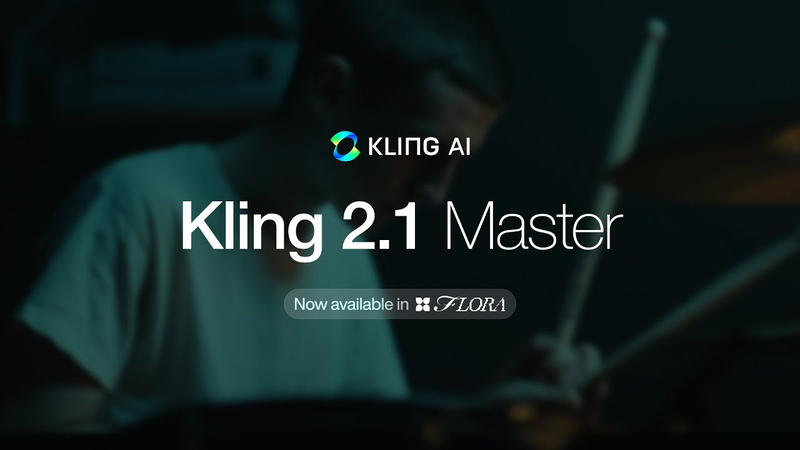
Highlights of Kling 2.1
It is developed by Kuaishou Technology, a major Chinese tech firm, and was released in June 2024. It enables you to convert the text prompts and 3D motion data into video sequences. This type of model is fully capable of rendering the multi-angle shots, 3D object permanence, and natural physics. Kling 2.1 also supports the high-resolution output at 30FPS and 1080p.
Part 2. Kling 2.1 vs Other AI Video Tools
The landscape of AI video has been evolving without a doubt, as multiple players are pushing the boundaries of what has been possible in generative media. Among all the tools you could find, Kling 2.1 has been garnering attention due to its highly realistic outputs, localised strength in the Chinese tech ecosystem, and intelligent handling of motion physics.
But did you ever think about comparing the Kling 2.1 to the tools like PixVerse, Pika, Runway Gen-2, and OpenAI Sora. Let's discuss the features of the Kling 2.1 and compare it to its competitors.
Key Features of the Kling 2.1
1. Text to Video Generation
Like Sora, Kling 2.1 tends to convert the natural language prompts into short video clips. But it tends to go further by incorporating the 3D motion input, enabling precise control over the camera scene dynamics, character movement, and camera angles.
2. Temporal and Spatial Consistency
Kling 2.1 has excelled in the temporal coherence, which implies that the characters and objects will behave consistently over time. For instance, a dog running across the field is bound to maintain the shape, direction, and texture across the frames without jarring deformations and flickers.
3. High realism with the Physics Awareness
By using advanced 3D simulation, Kling tends to capture the real-world physical logic, such as perspective shifts, object collisions, shadow interplay, and gravity, especially in dynamic scenes involving vehicles, animals, and people.
4. Multilingual Prompt Support
Although English is supported to some degree, Kling is surely optimized for Chinese language inputs, giving it a significant edge in regional performance, especially when the prompts involve culturally specific scenes or concepts.
5. Short Form Video Optimisation
Thanks to Kuaishou's background in short video content and mobile, Kling 2.1 outputs are optimised for social platforms, both in 1080p resolution and 30FPS pacing, which is perfect for platforms like Kuaishou and Douyin.
Comparison with OpenAI Sora, Runway Gen-2, Pika, and PixVerse
| Feature | Kling 2.1 (Kuaishou) | Sora (OpenAI) | Runway Gen-2 | Pika | PikaPixVerse |
|---|---|---|---|---|---|
| Launch Date | Mid-2024 | Early 2024 | 2023 | 2023 | 2024 |
| Resolution/FPS | 1080p / 30FPS | 1080p / 24FPS | 720p | 720p | 1080p |
| Prompt Input | Text + Motion Input | Text | Text | Text | Text |
| Realism & Physics | Strong 3D physics engine | High | Moderate | Moderate | Good |
| Multi-Angle Support | Yes | Yes | No | No | No |
Advantages of the Kling 2.1
- It is superior realism and motion fluidity, powered by the advanced 3D modelling
- Localised optimisation also makes it highly efficient for the use Cases and Chinese users
- It provides better temporal coherence in the longer clips than Pika or Runway
- Provides the perspective changes and camera rotation
- It offers the potential for tight integration with the content platforms of Kuaishou, helping the creators to push the generated clips directly into the viral distribution ecosystems.
Limitations of the Kling 2.1
- Currently primarily and invite only available to the developers and creators with China
- Although Chinese prompt handling is prolific, English capabilities still lag behind the Pika or Sora.
Part 3. A Nice Alternative for Image Generation with HitPaw FotorPea
HitPaw FotorPea appears to be a better alternative to the Kling 2.1, making it simple to generate images based on text descriptions. Offering a simple user interface, HitPaw FotorPea ensures that you can develop the photos without losing any image quality.
With HitPaw FotorPea, you could also apply several types of significant styles to the images, and while exporting the generated images, you won't see the watermark in the images.
Features
- Allows you to generate the image quickly
- Works on Mac and Windows
- Produce several images simultaneously
- No loss of image quality during image production.
- Allows you to select from a variety of exceptional image styles.
- No watermark in the generated images
- Allows you to enhance the images
- Enables you to eliminate the unwanted objects from the images
How to create the images through HitPaw FotorPea?
Step 1: Install HitPaw FotorPea after visiting the official webpage and then tap on the AI Generator while starting the software.
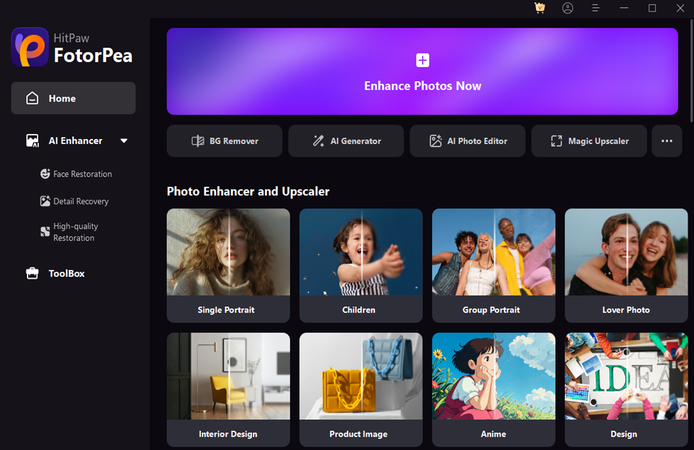
Step 2: Press on the Text to Image icon to enter the text description of what you're looking to generate.
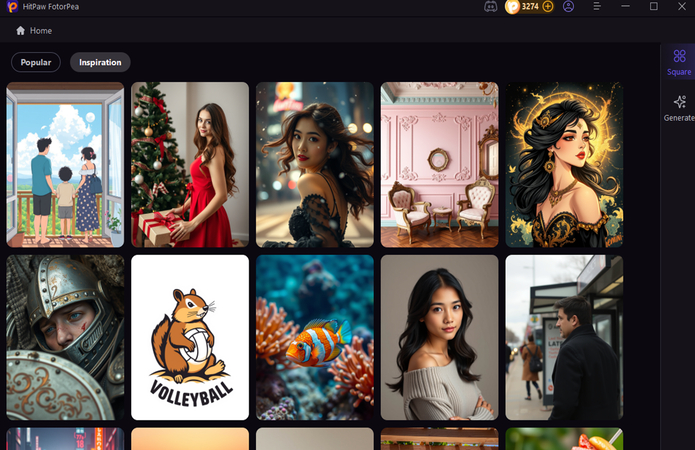
Step 3: After entering the text description, you'll need to select the image style, deisgn, and templates of the image and then hit the Generate button. After the image generation is completed, you'll need to review the pictures and then select the Download button to export the photos.
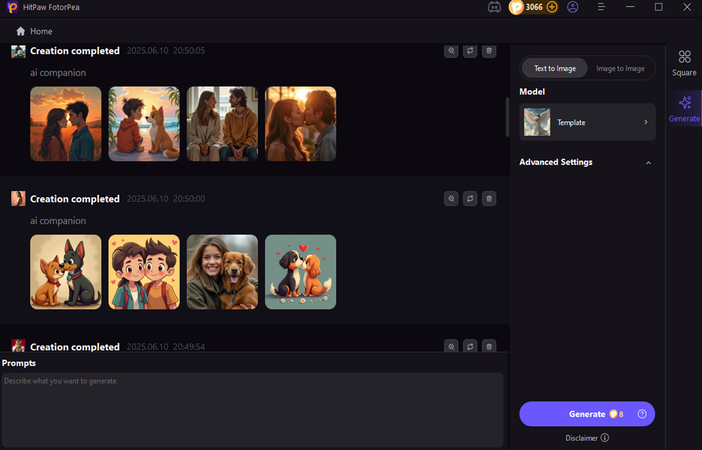
Part 4. FAQs of Kling 2.1
Q1. How to Access Kling 2.1?
A1. As of now, Kling isn't publicly available to global users, as access is currently limited to Kuaishou-affiliated developers, researchers, and invited creators primarily in China. You can't find the global release or public API yet, but Kuaishou could expand the access in the future via partnerships and wait-lists.
Q2. What can Kling 2.1 be used for?
A2. Kling 2.1 is designed for creating high-quality, AI-generated videos from motion prompts or text. The use cases of the Kling 2.1 include the short form content for social media apps, advertising visuals, and product animations, creative storytelling with motion and realistic characters, and AI-generated cinematic experiments.
Final Words
Kling 2.1 by Kuaishou has marked a significant leap in the AI-powered generation, delivering coherent and realistic scenes from the motion input or text. Although it currently caters to the niche user base, the advanced physics modelling, Chinese language optimization, and temporal consistency will make it a brilliant player in the AI video field.
If you're looking to generate outstanding images via text description, aiming at the HitPaw FotorPea is the best way. With this tool, you could create multiple styles of pictures in the original image quality, enabling you to export the generated images without a watermark.




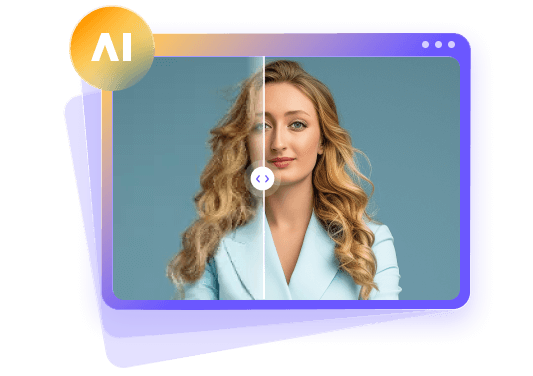





 HitPaw Edimakor
HitPaw Edimakor HitPaw VikPea (Video Enhancer)
HitPaw VikPea (Video Enhancer) HitPaw Univd (Video Converter)
HitPaw Univd (Video Converter) 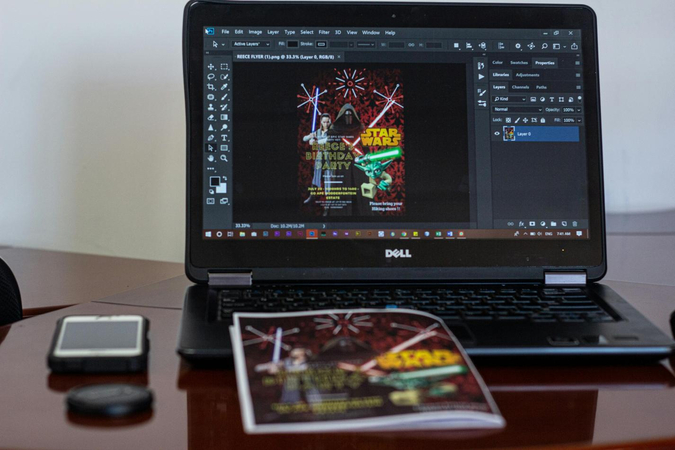

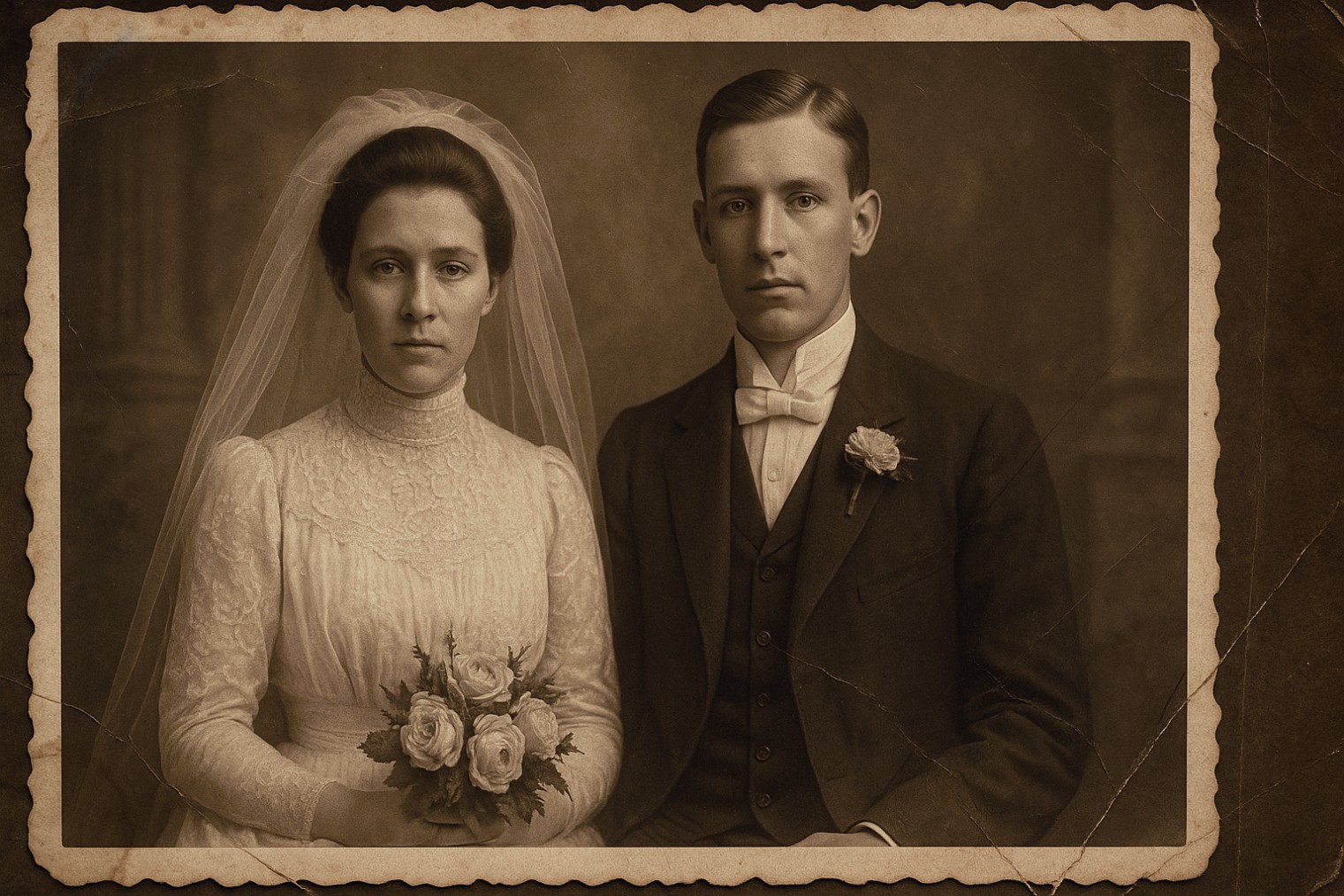

Share this article:
Select the product rating:
Daniel Walker
Editor-in-Chief
This post was written by Editor Daniel Walker whose passion lies in bridging the gap between cutting-edge technology and everyday creativity. The content he created inspires the audience to embrace digital tools confidently.
View all ArticlesLeave a Comment
Create your review for HitPaw articles